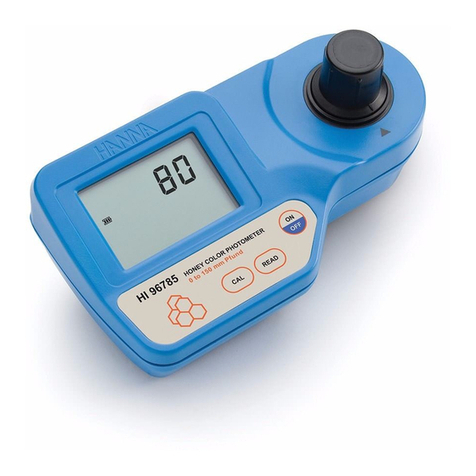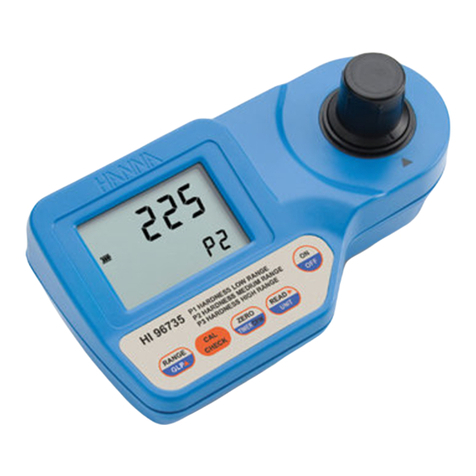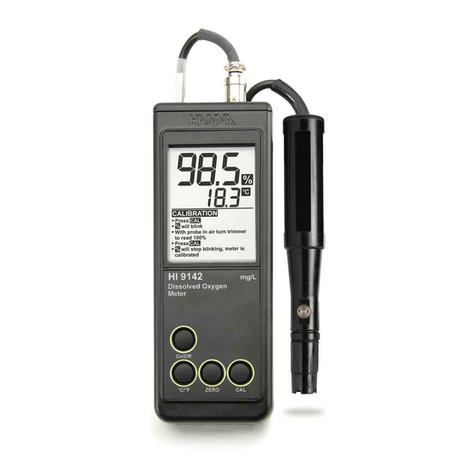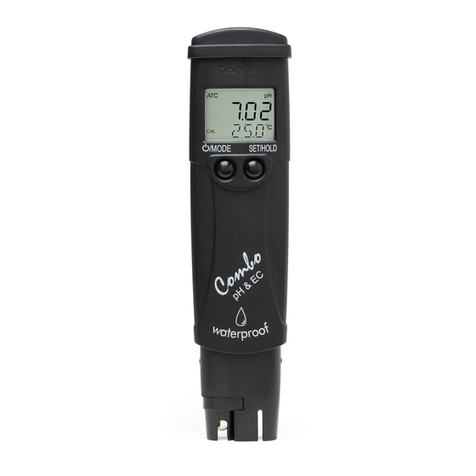Hanna Foodcare HI99192 User manual




















Table of contents
Other Hanna Measuring Instrument manuals

Hanna
Hanna HI 991300 User manual

Hanna
Hanna HI981033 User manual

Hanna
Hanna HI 96785C User manual

Hanna
Hanna HI 720 User manual

Hanna
Hanna HI 9835 User manual

Hanna
Hanna HI981032 User manual

Hanna
Hanna HI 96724 User manual

Hanna
Hanna HI 96736 User manual

Hanna
Hanna HI 110 User manual

Hanna
Hanna HI 9811 User manual

Hanna
Hanna SALINTEST HI98203 User manual

Hanna
Hanna HI 991300 User manual

Hanna
Hanna HI 9142 User manual

Hanna
Hanna HI 84502 User manual

Hanna
Hanna HI 98129 User manual

Hanna
Hanna HI 5522 User manual

Hanna
Hanna HALO2 User manual

Hanna
Hanna HI 96745 User manual

Hanna
Hanna HI 5221 User manual

Hanna
Hanna HI 83203 User manual
Popular Measuring Instrument manuals by other brands

Powerfix Profi
Powerfix Profi 278296 Operation and safety notes

Test Equipment Depot
Test Equipment Depot GVT-427B user manual

Fieldpiece
Fieldpiece ACH Operator's manual

FLYSURFER
FLYSURFER VIRON3 user manual

GMW
GMW TG uni 1 operating manual

Downeaster
Downeaster Wind & Weather Medallion Series instruction manual

Hanna Instruments
Hanna Instruments HI96725C instruction manual

Nokeval
Nokeval KMR260 quick guide

HOKUYO AUTOMATIC
HOKUYO AUTOMATIC UBG-05LN instruction manual

Fluke
Fluke 96000 Series Operator's manual

Test Products International
Test Products International SP565 user manual

General Sleep
General Sleep Zmachine Insight+ DT-200 Service manual








